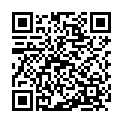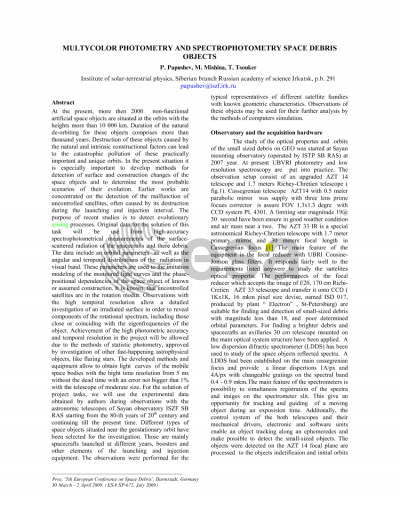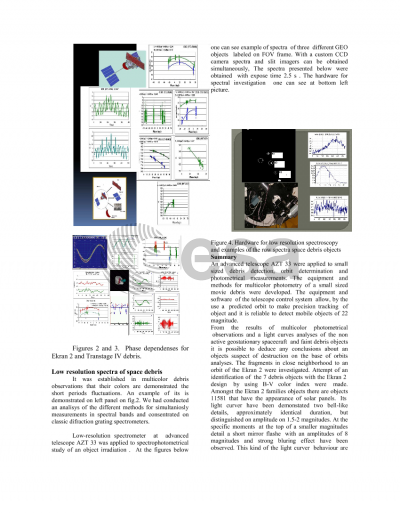Document details

Abstract
At the present, more then 2000 non-functional artificial space objects are situated at the orbits with the heights more than 10 000 km. Duration of the natural de-orbiting for these objects comprises more than thousand years. Destruction of these objects caused by the natural and intrinsic constructional factors can lead to the catastrophic pollution of these practically important and unique orbits. In the present situation it is especially important to develop methods for detection of surface and construction changes of the space objects and to determine the most probable scenarios of their evolution. Earlier works are concentrated on the detection of the malfunction of uncontrolled satellites, often caused by its destruction during the launching and injection interval. The purpose of recent studies is to detect evolutionary arising processes. Original data for the solution of this task will be use from high-accuracy spectrophotometrical measurements of the surface-scattered radiation of the spacecrafts and there debris. The data include an orbital parameters as well as the angular and temporal distributions of the radiation in visual band. These parameters are used to the imitation modeling of the monitored light curves and the phase-positional dependencies of the space object of known or assumed construction. It is known, that uncontrolled satellites are in the rotation modus. Observations with the high temporal resolution allow a detailed investigation of an irradiated surface in order to reveal components of the rotational spectrum, including those close or coinciding with the eigenfrequencies of the object. Achievement of the high photometric accuracy and temporal resolution in the project will be allowed due to the methods of statistic photometry, approved by investigation of other fast-happening astrophysical objects, like flaring stars. The developed methods and equipment allow to obtain light curves of the mobile space bodies with the hight time resolution from 5 ms without the dead time with an error not bigger that 1% with the telescope of moderate size. For the solution of project tasks, we will use the experimental data obtained by authors during observations with the astronomic telescopes of Sayan observatory ISZF SB RAS starting from the 80-th years of 20th century and continuing till the present time. Different types of space objects situated near the geostationary orbit have been selected for the investigation. Those are mainly spacecrafts launched at different years, boosters and other elements of the launching and injection equipment. The observations were performed for the typical representatives of different satellite families with known geometric characteristics. Observations of these objects may be used for their further analysis by the methods of computers simulation.
Preview






